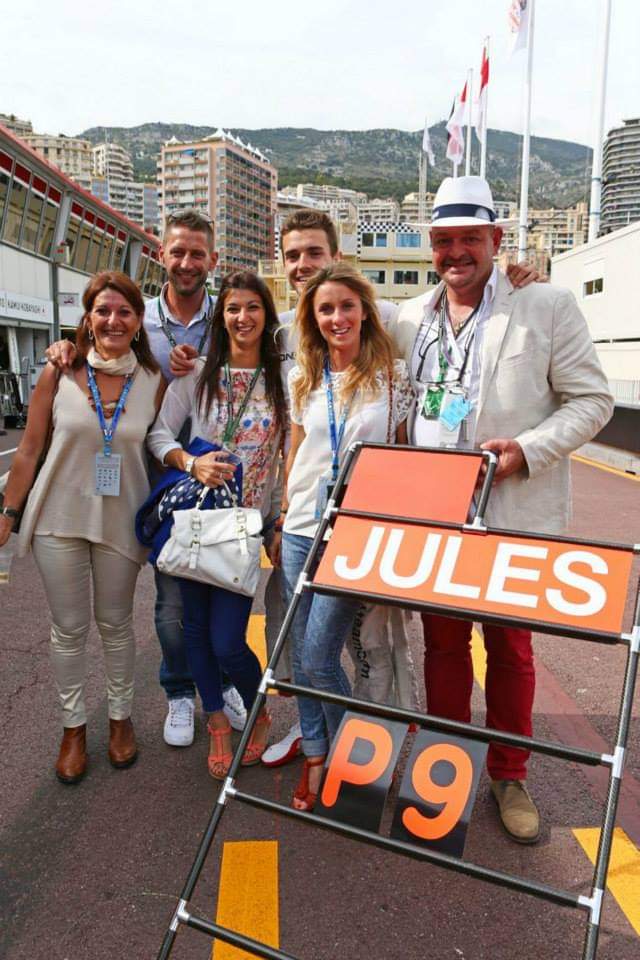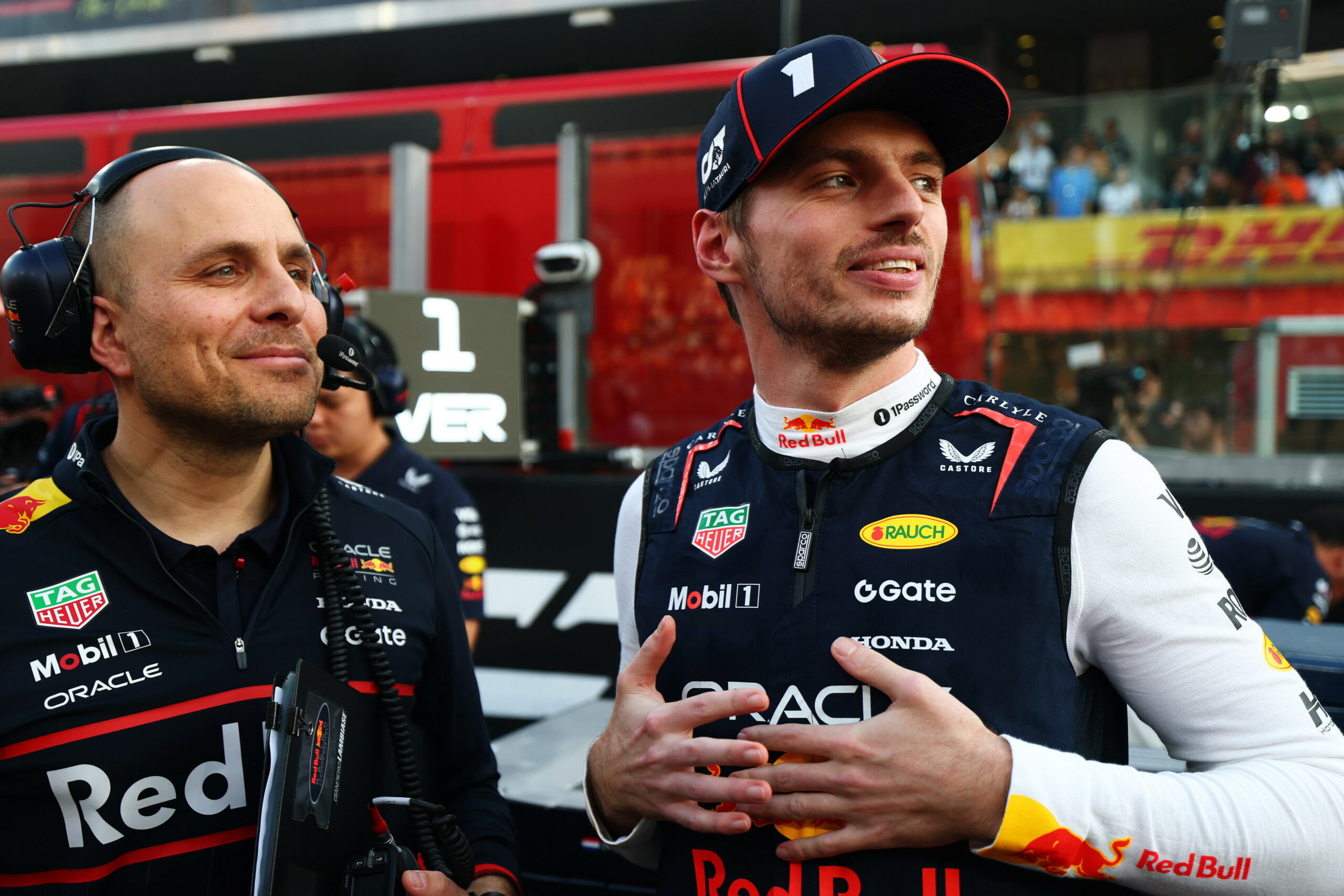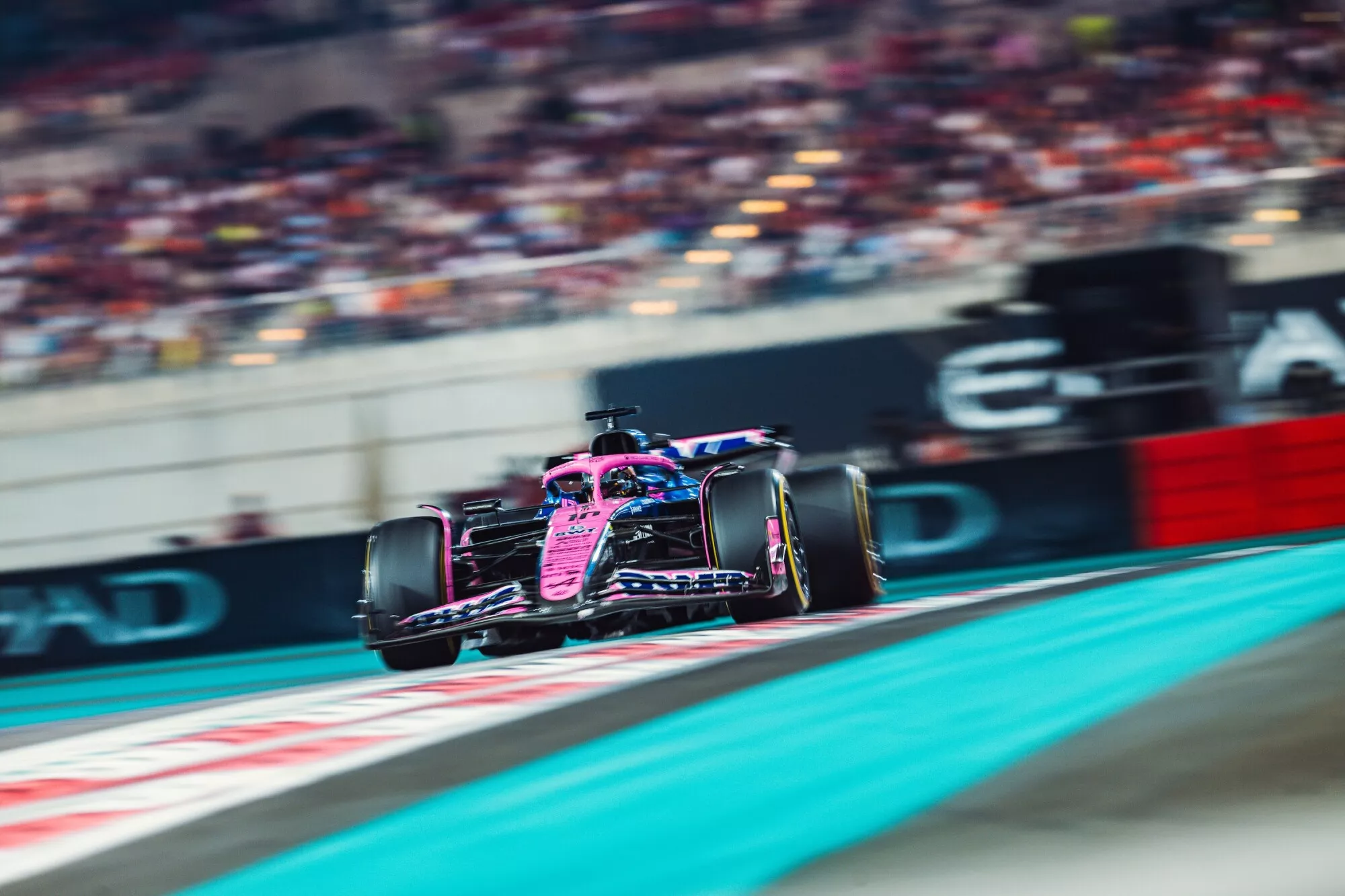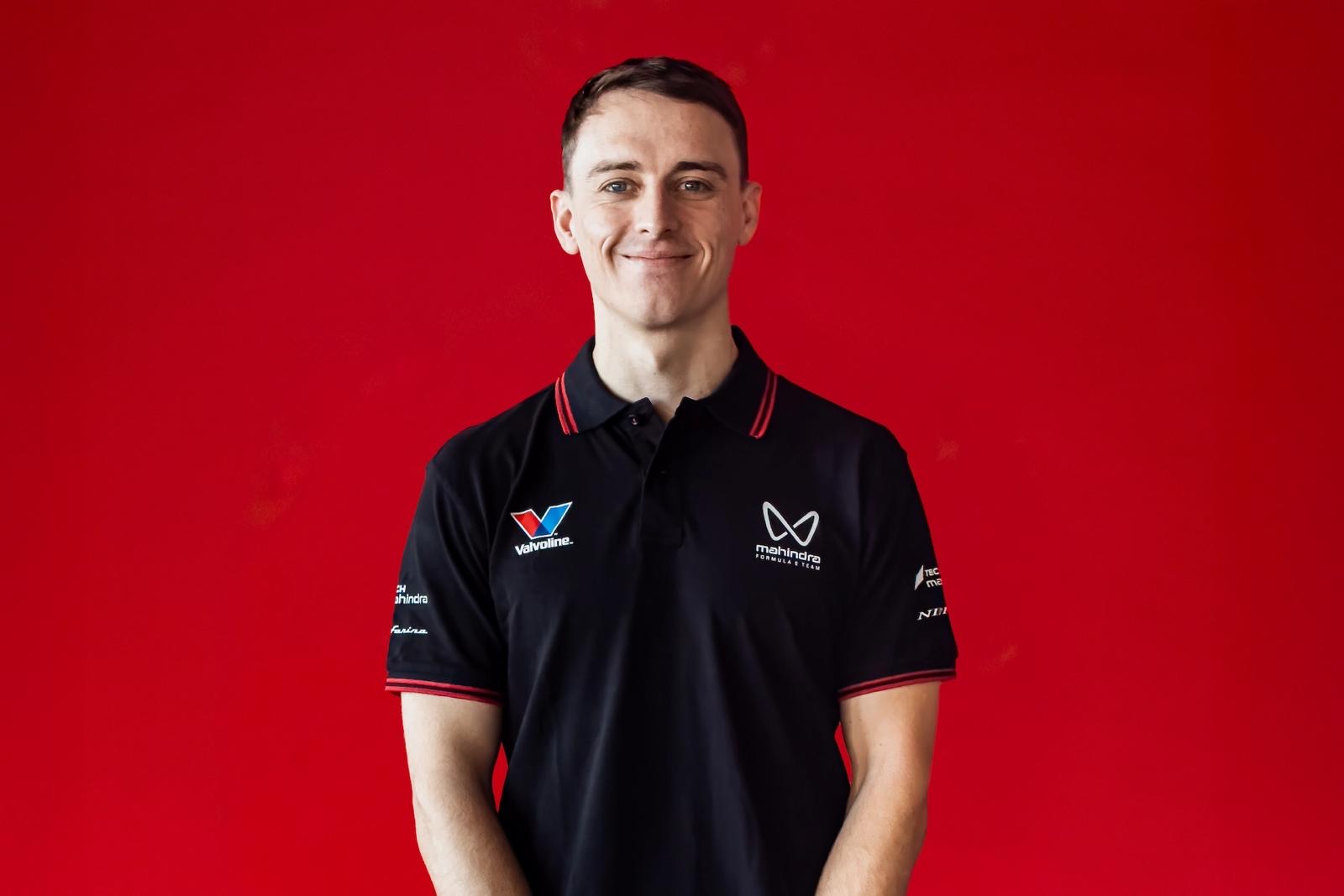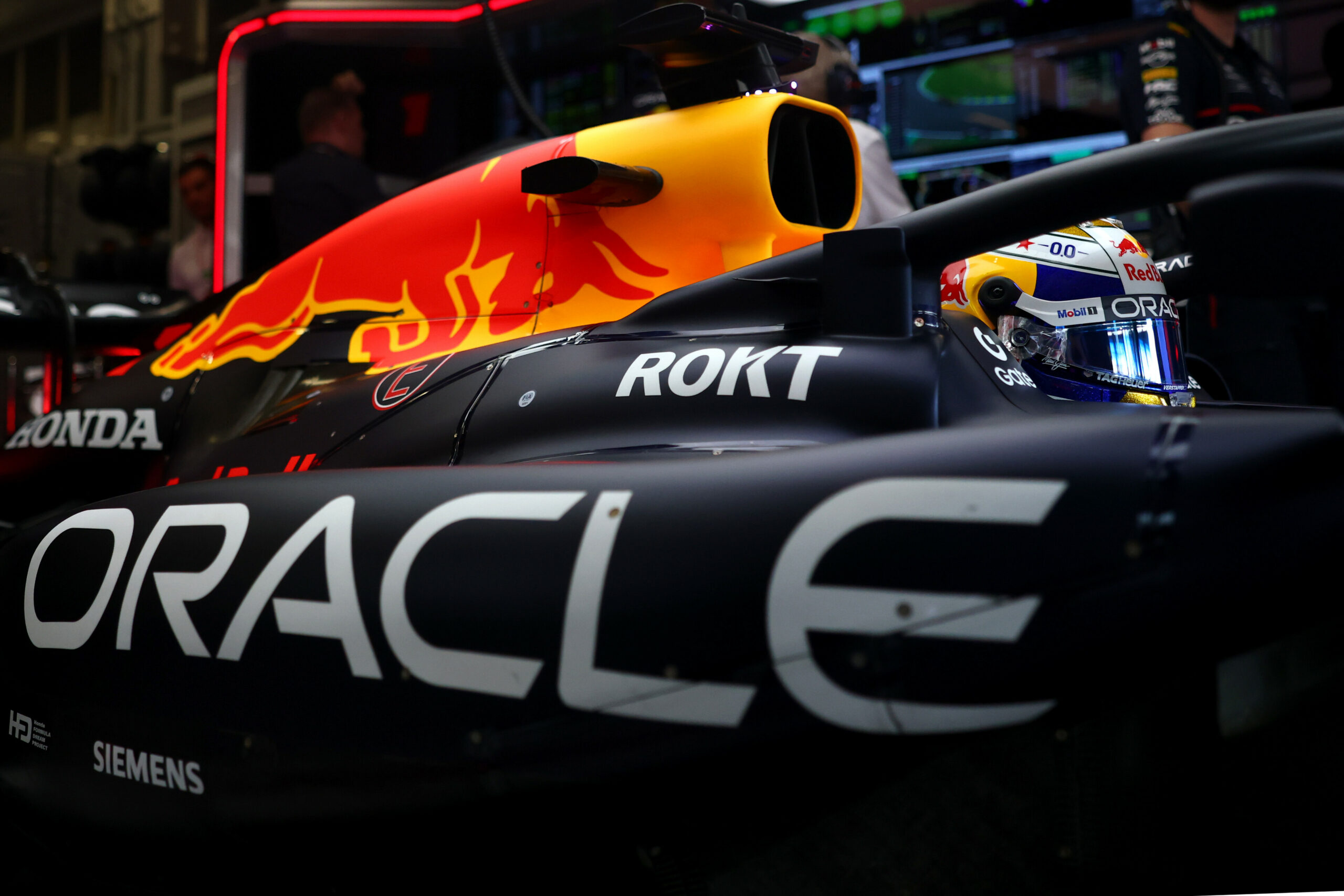Co-author: Marika Petracca
10 years on from Jules Bianchi’s tragic accident at the Japanese Grand Prix that would ultimately cost him his life over 9 months later, his father Philippe has opened up to La Gazzetta dello Sport on the accident, the loss of his son and finding the strength to carry on.
Bianchi, aged 25, passed away in July of 2015 from the injuries sustained in the accident as he hit a crane. On a wet day at Suzuka and as conditions worsened, Sauber’s Adrian Sutil lost his car and hit the tyre barriers. He was unharmed.
No Safety Car was called at the time despite the fact the conditions continued to deteriorate. Naturally there was yellow flags waving at the scene of the accident.
Sadly, however, the French driver lost his car at the same point — and the crane had been brought out to clear the German’s car. Bianchi hit it, and it was clear immediately his life was in grave danger as he sustained very serious injuries.
He bravely fought for 9 months, but Bianchi passed away on the 17th of July, 2015.
It cut short a very promising career that looked set to take off. He made Q2 in his Marussia in 2014, with the biggest high coming at the Monaco Grand Prix that year as he finished a superb P9, scoring the team’s first points in F1.
Philippe Bianchi explained he was at home watching on his television. The race started early morning Central European Time.
He admitted Jules told him that he did not expect to race due to the conditions. Ultimately, it went ahead after a red flag delay.
Then, the unimaginable happened as he described what happened viewing it from home.
“I was at home, watching [on] tv.
“The day before Jules had told me that it would have been unlikely for the race to happen because of the bad weather, but when I woke up on Sunday morning I saw they had decided to race anyways.
“I saw the crash live, but from the tv it wasn’t clear what had happened. I couldn’t see Jules, I didn’t know where he was.
“When I saw one of the marshalls take in his hands a piece of the car involved in the crash, I saw it was a piece of my son’s car, there I realised something tragic had just happened.”
Philippe eventually got in touch with Nicolas Todt, the manager of Jules Bianchi. Todt did not hide the serious nature of the incident and the condition Jules was in. Replays — quite rightly — never got shown on TV.
“I tried calling everyone, but nobody answered. After half an hour, Nicolas Todt, Jules’ manager, called and asked me to go there.
“He said: ‘You have to come, he might not make it’, so his mother and I immediately travelled to Suzuka.”
Philippe explained how his son looked when they got to the local hospital near Suzuka, and they had hope at that point for a miracle.
“At first we hoped for a miracle. When we saw him, he was so beautiful, he did not have a single scratch, he seemed asleep.
“He has always been a strong guy, one who never gave up. And so at first we thought he could recover.”
Jules returned to Nice in November after getting taken out of an artificial coma. However, he was still unconscious and remained in a critical condition.
As time passed, the acceptance started to hit for his family. Even if he survived, he would have been left with life-changing injuries, with him potentially being left paralysed and blind according to his father.
Ultimately, his family said to he can go. He peacefully passed away in July of 2015.
“He was transferred to Nice and, every day, we told him to fight, to stay with us, to fight to get back on his feet.
“But at a certain point we realised that if we woke up it wouldn’t have been easy: they told us he probably would have paralysed, blind and many other things.
“And so one day we too stopped to ask him to fight and reassured him: ‘It’s ok Jules, you can go now, don’t worry, we will see you again’.
“And in the end, he did go.”
Formula 1 had already come on a lot concerning safety since the dreadful weekend at Imola in 1994 when Roland Ratzenberger and Ayrton Senna were killed on the Saturday and Sunday.
Following Bianchi’s accident, a Virtual Safety Car was implemented in 2015. The halo came in three years later, adding extra protection to drivers and their heads in the cockpit.
Safety Cars, Virtual Safety Cars and Red flags have all become more common in the last 10 years.
Philippe is absolutely sure that his son’s death has helped improve safety even further, giving his family some comfort in the process .
“Yes, I am convinced of that. One of the things that has given most strength to our family after such a tragedy, was knowing that Jules has not died for nothing.
“Now in Formula 1 the Safety Car is called out more frequently, after my son’s death they also introduced the Virtual Safety Car, and often sessions are red flagged for conditions in which before it would have been very unlikely to see a red flag waved.
“Cars now have the halo, a protection that has already saved many lives, I am sure. This gives us a bit of peace.”
The Bianchi family has shown remarkable strength and resilience following his passing, setting up ‘Association Jules Bianchi’ in his memory.
Along with that, he says that nobody wanting his son to pass how he did gives them strength to carry on.
“In the realisation that nobody wanted him to die. There were mistakes, that’s true, but that’s life and, anyhow, nothing would give me my son back.
“When we go see races or organise events for our association we see all the love people have for us and for Jules and this keeps us going.
“The past cannot be changed.”

